|
As the weather warms, it's time to get outside to weed, plant, and mow. Gardening is a great workout and can be an enjoyable past time. Good body mechanics is critical when gardening to help prevent injury. Here are some guidelines to keep your back your healthy while performing common gardening activities.
0 Comments
Trigger points are commonly referred to as “knots” in a muscle. They are often an overlooked cause of pain even though they are very common in the musculoskeletal system. They are defined as “a hyperirritable spot in a taut band of a skeletal muscle that is painful on compression, stretch, overload or contraction of the tissue which usually responds with a referred pain that is perceived distant from the spot” (Simone et al 1999). Essentially, they are tender areas to touch, and often can be sending pain signals even when they are not touched. Although any muscle in the body can have trigger points, a muscle that is commonly involved is the piriformis. This is a deep hip rotator muscle that is shown in the picture above. Trigger points in this area can cause pain through the whole glut region, making it difficult to sit, walk, or pick up your leg, as in putting on a sock. Because they contribute to decreased muscle flexibility and strength it may be difficult to perform daily activities.
Over the past few years, there has been an increase in the awareness of gluten and a change in the way people are eating to become gluten free. But what is gluten?
Gluten is a protein found in wheat, and related grains, such as barley and rye, however, it can also be found hidden in sauces and condiments, etc. For a person with Celiac disease, gluten causes severe problems, thus they must maintain a strict, gluten free diet. Even without Celiac disease, many people have a (known or unknown) gluten sensitivity; therefore consuming gluten in various amounts can have negative health effects, including inflammation in the body. A gluten free diet may provide a decrease in gastrointestinal discomfort, systemic disorders, and allergies, including IBS and rheumatoid arthritis, because it may be eliminating an inflammatory trigger for the body. What should a gluten free diet consist of? Ideally, a gluten free diet should consist of foods which are naturally gluten free. This includes fresh fruits and vegetables, meat, fish, eggs, nuts, beans, and rice. While this diet isn't right for everyone, you may try eliminating gluten (wheat, barley, rye) for at least a month if you feel you may benefit from a dietary change to see if you feel a difference in your body. Need help and more information? Contact Innovative Therapy & Wellness to schedule your appointment with our nutritional therapist, Andrea Calderon Odewald, PA-C, NTP, so she may help you to explore these issues and much more. You can find out more by clicking the Nutritional Therapy tab located under services. You may have already heard of the FMS, or Functional Movement Assessment, since many physical therapists, chiropractors, and athletic trainers are now incorporating the test into their practice and client sessions. So, what is it, exactly, and what is the difference between the FMS, SFMA, and YBT? This article will give a short explanation of the three and who might benefit from each one.
The FMS is a screen for movement asymmetries designed for a pain free individual. This screen examines seven functional movement patterns and compares the quality of movement to not only a standard of performance, but also a comparison of performance left and right. If asymmetries are detected, the examiner will provide a brief explanation and a few exercises and stretches to help balance out the dysfunction. If pain is detected, the patient can still perform the test and receive guidance, but it would be best to then follow with the SFMA examination. Have you ever reached for something off the top shelf of your kitchen cabinet and heard or felt a subtle crackling sound in your shoulder? Or maybe been at the gym about to mount a pull-up bar only to feel a crunch or grind around your shoulder blade when making contact with the bar? Or what about in your hip?
If so, you’re not alone. As physical therapists, we deal these “snap, crackle, and pop” moments daily when treating our patients. The most likely explanation for such events is a term called "crepitation". This is defined as audible vibrations indicating an underlying fracture, the presence of gas within tissues, or the grinding of arthritic bone surfaces and tendon movement. Based on an initial examination, a skilled physical therapist can rule out fracture or gas in the tissues quite simply. Once this is accomplished, the grinding of arthritic bone surfaces and tendon movement is usually the cause. This refers the compression of bones due to tendon and muscle tightness. First developed in 1973 by Chiropractic Dr. Kenzo Kase, Kinesio tape is a specially designed elastic tape. The original brand of Kinesio tape is made of 100% cotton, (no latex), with a wave pattern woven into the cloth to mimic fingerprints while the original concept was to assist the practitioner in the carryover of a treatment. In other words, it works to continually manipulate soft tissues, activate or inhibit muscles to ensure proper muscle firing patterns and alignment of a joint, treat swelling/lymphedema, and decrease both acute and chronic pain after the clinical appointment.
Proper application will not cause any skin irritation and should provide immediate relief to some degree. It can be used for a multitude of conditions such as: frozen shoulder, shoulder impingement/rotator cuff pathologies, thoracic outlet syndrome, low back pain, sacroiliac dysfunction and pain, patellar (knee cap) dysfunction, hamstring strains, achilles tendonosis, plantar fascitis, TMJ, headaches, whiplash, cervical and lumbar radiculopathy, ACL/MCL injuries, and chronic lymphedema, just to name a few. The American Heart Association has declared February Heart Month in order to raise awareness about heart disease. Heart disease is the leading cause of death in the United States. Often, it can be prevented with lifestyle changes. Here are some ways that you can improve your heart health:
1. Make an appointment to have your numbers checked: Your heart rate, blood pressure, and cholesterol numbers can give you and your doctor an indication of your overall heart health. If you and your doctor decide that medication is required to manage your high blood pressure or cholesterol, make sure to take it regularly as prescribed. With improvements in diet and increased exercise, you may be able to decrease the use of some medications. 2. Make small changes in your diet. Decreasing sugar, and using spices instead of salt can have a big impact in the long run. Increasing your fruits and vegetables will also improve your heart health. We wanted to share this recent article published in the Journal of Orthopaedic & Sports Physical Therapy about plantar fasciitis, a common cause of foot and heel pain. At Innovative Therapy & Wellness, we combine manual and exercise based physical therapy treatments in order to address your problems and improve symptoms quickly. This article explains the importance of this approach:
"One out of 10 people in the United States experience persistent pain along the bottom of the foot, a condition known as plantar fasciitis. In this country alone, outpatient clinics receive more than 1 million visits a year from people seeking help for this type of foot pain. In 2014, the Orthopaedic Section of the American Physical Therapy Association published updated clinical practice guidelines on the best treatments for patients with plantar fasciitis. The guidelines present evidence that strongly suggests a combination of manual therapy and rehabilitative exercises to help patients with this foot condition. In a more recent study published in the February 2017 issue of JOSPT, researchers reviewed the records of people with plantar fasciitis who were sent to physical therapy to determine whether this treatment lessened their pain. There are many causes of lower back pain, a condition that millions of Americans suffer with. Although the structures directly involved in contributing to your symptoms may vary, there are some common things that you should know:
1) Walk- Studies have shown that walking helps to relieve back pain, due to the increase in circulation throughout the body, as well as the low impact nature of the activity. It doesn't have to be a fast walk, but some movement is better than none. 2) Find a movement preference- With most lower back pain, there is a movement preference, meaning that your back feels better with one position or movement compared to another. For example, if bending forward increases lower back pain, extend backward; sometimes it's the other way around. Many people are trying to stick to a New Years Resolution, often involving some sort of change in eating habits. Here is some information regarding some of the most popular diets trending right now.
1) Mediterranean Diet- A heart healthy diet that encourages foods like fish, fruits, vegetables, beans, whole grains, nuts, and olive oil. It is limited in meats, cheeses, and sweets. Since many of the foods are high in omega-3 fatty acids and monounsaturated fats, about 35% of the calories can come from fat, which is consistent with other heart-healthy diets. These oils as fats have a protective effect on the heart. This is more of a healthy way of life than a diet, and can have the effects of decreased cholesterol, preventing heart disease, and preventing type 2 diabetes. It may also prevent cognitive decline. |
AuthorsA collaborative effort from the experienced staff at IT&W Archives
May 2023
Categories |
Blog updates |
|
2224 Virginia Beach Blvd Suite 106, Virginia Beach, VA 23454




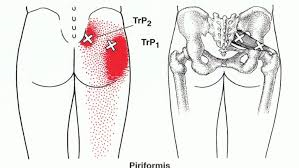

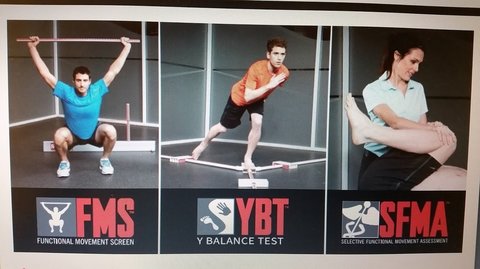
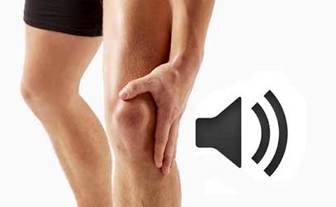
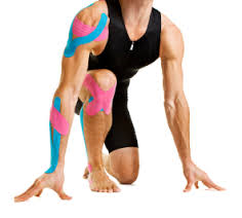

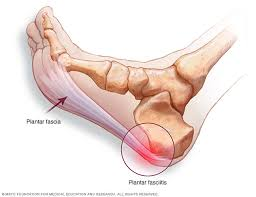
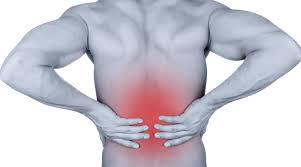

 RSS Feed
RSS Feed

